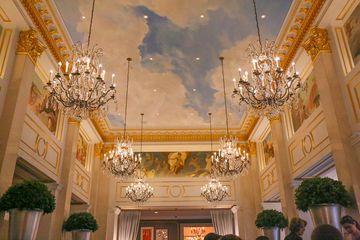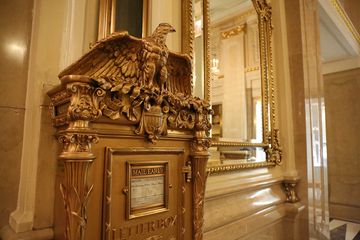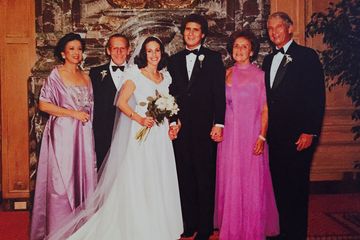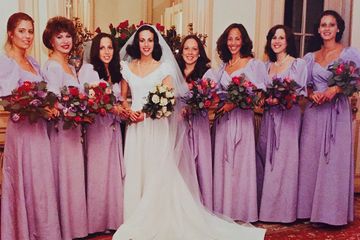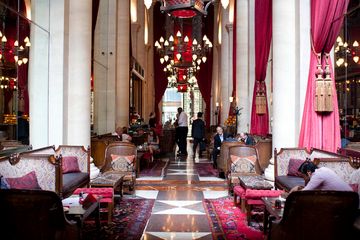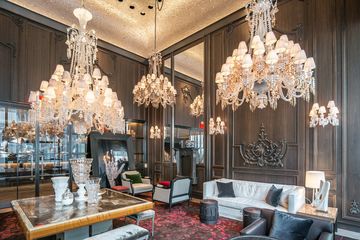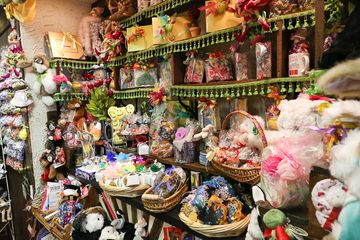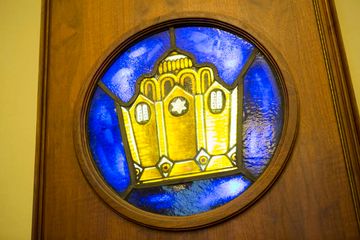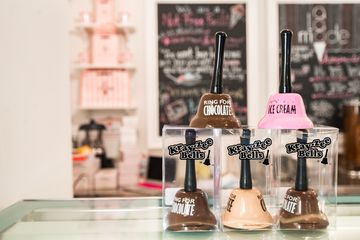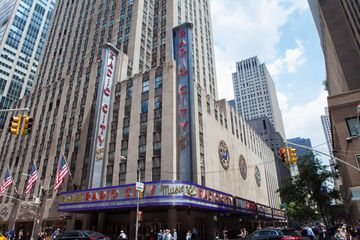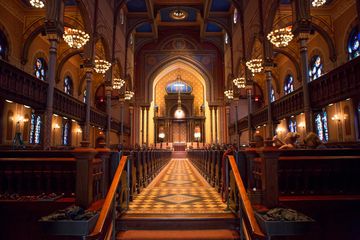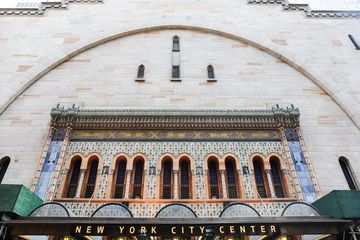Named after a gangster-turned-reformist, a Robin Hood-like figure who redistributed wealth from the rich to the poor, Tanner Smith’s Bar espouses the message that even those most seemingly set in their ways, as the old-school Irish, can reform. And Tanner Smith’s is certainly far from the stereotypical old-school Irish bars that saturate the city streets. The upper floor of Tanner Smith’s is light and laid back, serving mostly craft beers. There is a mix of wooden structures, shiny surfaces, and weathered brick walls. Downstairs, Winona bar, named after a former nightclub under the same ownership, is an entirely different venue with a separate sound system and dimmer lighting. A mix of whim and history, the accents throughout the bar play on an Alice-and-Wonderland-meets-prohibition aesthetic with cute teacups, an intriguing gin bathtub structure, old New York maps, mounted farm animal heads, and alcoholic paraphernalia like whiskey barrels protruding from the wall. The drinks, too, are spectacular, from classic mixes to standard beer brands to unique specialty drinks, and everything in-between. Guests can order them any way they want to without pretension - a Bud Light at the cocktail bar goes unquestioned. And the food menu, featuring a craze-inducing battered-and-fried eggplant chip with a honey drizzle, is more than sufficient on its own. Any eggplant-averted soul will discover a newfound appreciation for the underrated veggie in these crispy bites. But it is not the decorations, inventive drinks, nor impressive layout of this grand Midtown West speakeasy that make Tanner Smith’s a happening spot. While all of these factors, primed and cohesive, greatly compliment the magnificence of the bar, its finest attribute are the dynamic people who work here, committed to making each night a special one. The bar consultant to Tanner Smith’s, Kevin, started out collecting glasses for a nightclub in Ireland at the ripe age of thirteen, and has never left the bar scene. He ventured to America to promote a whiskey brand, Glendalough, which has since taken off. Kevin had also been to every New York City bar we threw at him, so when he told us why this spot stood out, we listened. “We are an entertainment-based bar, ” he explained, “I serve booze - that is literally living the dream. I give people a fun night. ” Sitting bar side on a Thursday afternoon-turned-evening as the space gradually filled up, these words rang more and more true for the fellow Manhattan Sideways members and me. This bar is not about being high-end, but about fun, about “lighting things on fire. ” Literally. Watching Kevin smoke a barrel-aged stevedore cocktail by using a “smoking gun” filled with bourbon-soaked oak chips was a mesmerizing sight. The effect took out some of the drink’s sweetness, and the longer the smoking goes on, the bitterer the drink becomes. The key lime pie martini I tried - citrus vodka mixed with lemon syrup, lemon preserve, and passion fruit, and topped with a smoked meringue - was superb, but the contagious vibes Kevin and the rest of the playful staff gave off made it memorable. “If you want a great drink, you can have a great drink, ” Kevin shared with me, “but, in addition to the alcoholic beverages, this is a place where all the employees are always happy. ”There is no doubt that Tanner Smith's is helping to redefine the city’s standards of bar service, and, therefore, no small wonder that they already have regulars after only being open for a few short months.

